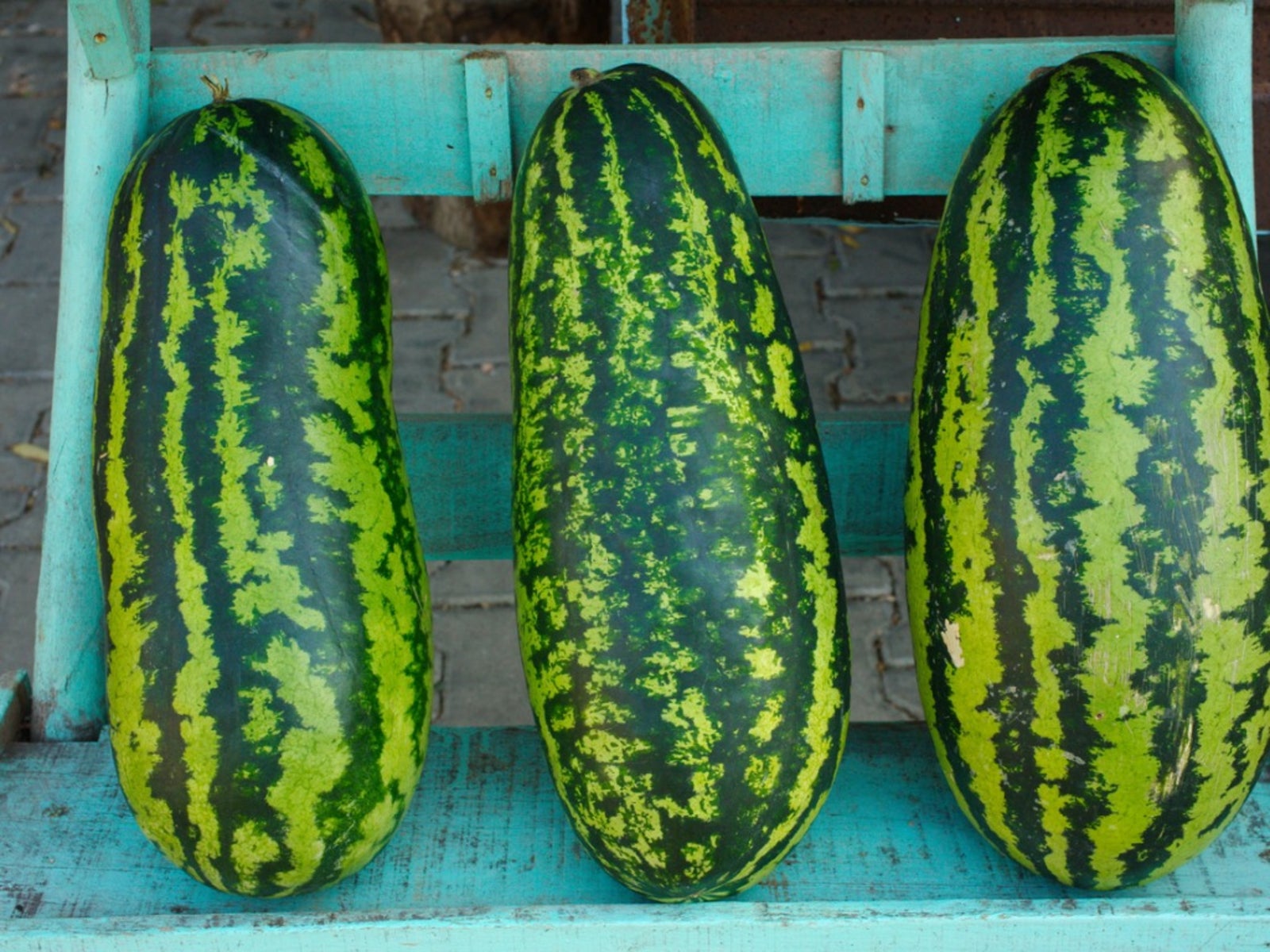Jubilee Melon Care: Growing Jubilee Watermelons In The Garden


Watermelons are a summer delight, and none are quite as tasty as those you grow in the home garden. Growing Jubilee melons is a great way to provide fresh fruit, even if you’ve been plagued by disease when growing melons before. Continue reading for detailed directions on how to grow a watermelon that will impress your family.
Jubilee Watermelon Info
Jubilee watermelons are disease resistant, making it less likely that fusarium wilt will infect your produce. Jubilee melon plants can reach 40 lbs. (18 kg.) in full maturity, but it takes a while for them to reach this point. Their extended growing season can take as long as 90 days to maturity for the sweetest taste. Jubilee watermelon info outlines a process of seeding and pinching blossoms that helps develop that sought-after taste.
Growing Jubilee Melons
When growing Jubilee melons, you may direct seed into mounds in the outdoor garden or start seed indoors three to four weeks before the last frost date in your area. The way you start seeds depends on the length of your growing season, as you’ll need the summer heat for the development of Jubilee melon plants. Plant five or six seeds into each outdoor mound. You’ll later thin them out and leave the healthiest two remaining in each hill. For an earlier harvest or for those who need to take advantage of the hot days of a short growing season, start seeds indoors. Use flats or small pots, planting three seeds to each, ¼ inch (6.4 mm.) deep. Jubilee watermelon info says to provide heat during germination of 80-90 degrees F. (27-32 C.). Also, a little more water is necessary until you see the plants peek through. Use a heat mat, if possible, to speed germination. Seeds will sprout in 3-10 days. At this point, lower temps to the 70’s (21- 26 C.) and decrease to light watering. Thin to one plant per pot. When true leaves develop, limit watering a little more, but don’t let the seedlings dry out entirely. Begin gradually exposing the plant to outdoor conditions, a few hours per day. Plant outside when temperatures warm and soil is near 70 degrees F. (21 C.). Transplant two seedlings to each hill, keeping soil from the container in place to avoid disturbing the roots. To help keep the ground warm, use black mulch and fabric row covers. Remember, Jubilee melon care includes providing heat in any way possible. Remove row covers when blooms begin. Plant melons in well-draining soil. Amend the soil with finished compost to increase the nutrient and drainage value. Water regularly and fertilize with an organic product low in nitrogen, but high in phosphorous. Pinch early developing flowers. Allow flowers to remain when several of them bloom at once. Continue watering and fertilizing as melons grow. The amount of water depends on how quickly your soil dries out. Decrease watering when fruit stops growing. Your jubilee watermelons are ready for harvest when the skin on the bottom turns from white to yellow, and vine tendrils near the stem turn brown.
Gardening tips, videos, info and more delivered right to your inbox!
Sign up for the Gardening Know How newsletter today and receive a free copy of our e-book "How to Grow Delicious Tomatoes".

Becca Badgett was a regular contributor to Gardening Know How for ten years. Co-author of the book How to Grow an EMERGENCY Garden, Becca specializes in succulent and cactus gardening.
-
 Looking For Plants To Give You The Soft And Fuzzies? Try These 5 Fuzzy Leaf Plant Options
Looking For Plants To Give You The Soft And Fuzzies? Try These 5 Fuzzy Leaf Plant OptionsLovers of texture, drama, silver foliage and tactile plants will adore these special sensory garden additions. These fuzzy leaf plant options will leave you all aglow
By Susan Albert
-
 Get Ready For A Summer Of Hummers! Grow These Full Sun Hummingbird Plants and Flowers
Get Ready For A Summer Of Hummers! Grow These Full Sun Hummingbird Plants and FlowersIf you’re lucky enough to enjoy a sunny backyard, make sure you are maxing out on your pollinator opportunities and grow these full sun hummingbird plants and flowers
By Tonya Barnett